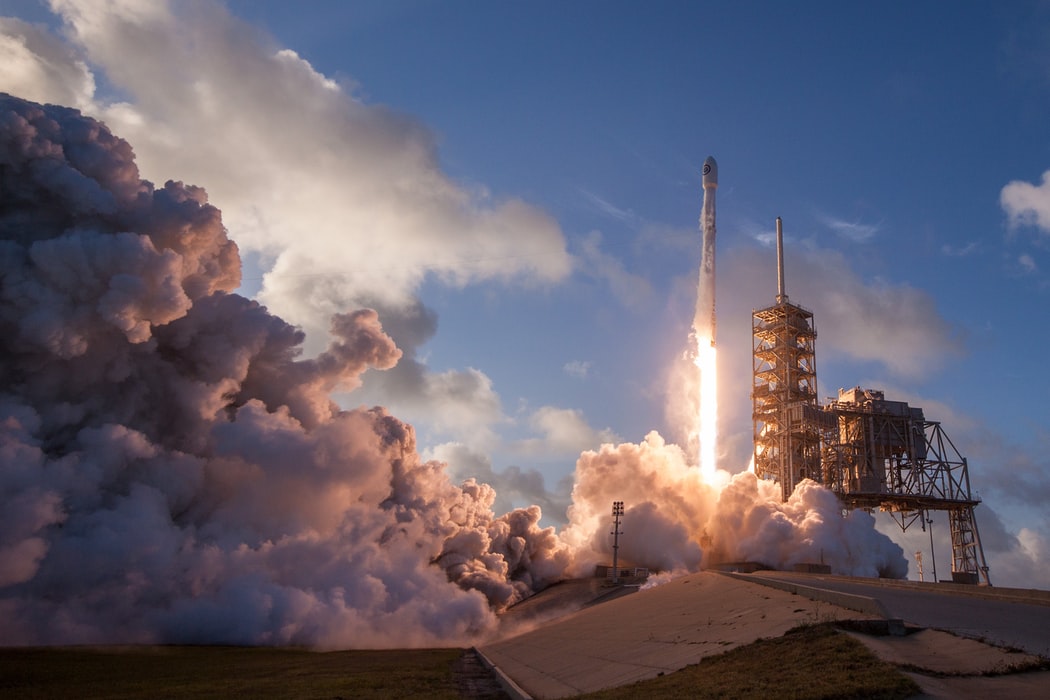Chris Hadfield is an amazing man and astronaut. Hadfield was the first Canadian astronaut to walk in space. He also flew on two space shuttle missions and served as commander of the International Space Station. With wisdom gained from his decades of high-risk service, he recently admitted something in a Masterclass lecture that was very interesting:
“The common portrayal of astronauts in the movies is that they are arrogant, thrill-seeking, fearless and swashbuckling. We are nothing like that. Astronauts don’t like adrenaline running through their veins. They don’t want to be thrilled by what’s happening. They don’t want to be overwhelmed by the journey. We want to be calm, cold, calculating, highly aware, and competent. We prepare for every possible situation so that we are not surprised by anything. We want to fly with people who have practiced endlessly and are prepared for any stress that may arise. You don’t want someone up there who is reckless and supercharged, shouting, ‘Hey, watch this!’ Space flight is not supposed to be exciting. If it is thrilling, then you are doing it wrong. Landing is exciting as only then do you know if you were fully prepared, and successful in meeting every challenge.”
This quote made me immediately think about investing and wealth management. While many new investors want their investments to be exciting to follow daily, a thoughtful, diversified long-term wealth management plan is not supposed to be a riveting creation. A well-diversified plan is not meant to provide daily entertainment. A wealth plan is not supposed to be exciting. Like space travel, a wealth plan is created and maintained by experienced folks who have seen it all, so they are fully capable and ready for any situation that occurs.
A wealth management plan is maintained by people who will not panic if the financial markets go haywire temporarily. A team that is calm and highly competent in a crisis. And people who can stay disciplined to the plan and can keep the investor focused on the future, no matter what happens in the markets in the short-term. Only upon “landing” in retirement or at some other predetermined goal does the investor feel the excitement of knowing that his or her financial future is well taken care of. If a portfolio or wealth plan is a thrill-ride every day, then you are doing it wrong.
Negativity always sounds more robust and reasoned than outright optimism does, and there will always be a morbid mob of pundits and prognosticators that fear each new all-time high and want you to feel that fear as well. However, there is nothing inherently dangerous about new market-high levels. Looking back at all new all-time market highs since 1928, the average return from a new market high over the next six months is a gain of 3.9 percent versus 3.6 percent on all other days. Over the next year from an all-time high, the market gained 7.8 percent versus 7.5 percent on all other days. Therefore, market performance is better than average following all-time highs, not worse. This fact is not mentioned in any the-sky-is-falling! articles, however.
Conversely, while a continually strong equity market does produce worry in some investors, in others it may create the opposite mindset. Over time, a well-diversified, long-term wealth plan has proven to be the best bet to weather any market cycle storm. However, strong stock market periods like this one may cause well-meaning, long-term investors to question the wisdom of investing in a wide variety of strategies and asset classes rather than just holding stocks.
The idea that all these strategies and asset classes do not move together in lockstep is exactly the point of developing a thoughtful long-term wealth management plan. It is what keeps investors from experiencing the full pain of an inevitable stock market correction when a recession does occur. And diversification is especially essential at times of market extremes. Many investors remember that the S&P 500 lost 39 percent of its value in 2008, but few people recall that the ten-year government bond gained 21 percent in 2008. While the ten-year bond may not be an exciting investment vehicle nor its yield a titillating topic at a cocktail party, a balanced portfolio of both stocks and bonds held up much better in that challenging market year of 2008 than holding stocks alone.
During happy times in the stock market, it can be easy for an intelligent investor to forget why he or she would want to continue to hold a well-diversified portfolio of strategies and asset classes. Much like a sports team or Broadway play, each contributor plays a different, but pivotal, role in the overall performance, and each plays that role only at the appropriate time. This diversification is essential in riding out the ebbs and flows of global economic cycles. With a diversified asset allocation plan, some asset classes or strategies will always seem boring or unessential at times. This is how we know that we are managing downside potential. This is how we know that our financial legacy is not at risk. And this is how we know that we are positioned to prosper through any inevitable market downturn or market chaos.
Hadfield was very good friends with the group of fellow astronauts who perished when the Space Shuttle Columbia broke up and crashed as it passed through Earth’s atmosphere while attempting to land in February of 2003. He comforted many of the families that week, and in his own grief, he personally reflected on both the risks and rewards of space flight and his life’s work. He said he came to a determination about the risks involved:
“I always want to focus on the activities that I think are worth doing. What are the risks involved, and how can I address the actual risks so that I can achieve the things that are important to me. No astronaut launches for space with their fingers crossed. That is not how we deal with risk. We are ready to confront the risk head on. And we recognize that there is a difference between danger and fear. They are not synonymous. You can choose to be afraid, or you can choose not to. It’s up to you. Nothing is scary, it is only how a person perceives something that makes it scary or not. The best antidote for fear is competence.”
NASA lost Space Shuttle Challenger in 1986. It exploded shortly after launch. This was due to a faulty O-ring in one of its solid rocket boosters. It was the twenty-fifth launch of a space shuttle mission, so risk managers may have concluded that statistically there was now a 4 percent chance of a future disaster in these missions. However, NASA and its astronauts did not quit or give up on the program. They grieved, consoled each other, assessed what went wrong, and devised improvements to their training, specification guidelines, and equipment.
After recovering from the depths of that devastating loss of personnel, equipment and confidence, NASA was ready to launch the next space shuttle mission in September 1988, which was only thirty-two months after the most horrendous accident in its history. And NASA flew six more shuttle missions over the next year. The risk-taking men and women of NASA fear disaster just like the rest of us. But after a tragedy, they lick their wounds, learn from their mistakes, and get back out there to put their lives on the line again for the sake of discovery, knowledge, and human progress.
The world financial markets endured disaster in 2008-09 when a global financial crisis sent markets reeling, shaking the confidence of most investors. Unfortunately, many investors did not have the fortitude of NASA astronauts. In the spring of 2009, the stock market and the economy were at their bleakest, and many investors chose to sell their holdings because they could not take the perceived pain any longer.
These short-sighted investors sold at the very low point of the crisis, and many were so scarred from this temporary crisis that they have remained in cash for the next decade. Their fear cost them the opportunity to participate in the longest bull market in history fueled by the strong economic recovery that inevitably followed the financial crisis. Day always follows night, and over the 242 years since the founding of the United States, our economy has always recovered from temporary financial crises.
After the Challenger disaster, somehow NASA was able to rise from a devastating loss and launch another shuttle in thirty-two months, even knowing the risks that were involved. Likewise, the United States economy has endured many shocks before, but has made it through every recession, depression, world war, energy crisis, and political scandal, and has then gone on to notch new highs 100 percent of the time. But investors tend to forget this stellar long-term record of eventual recovery. Many investor’s perceptions of what constitutes risk are undeveloped and unsophisticated, and they unfortunately pay the price for this lack of understanding.



